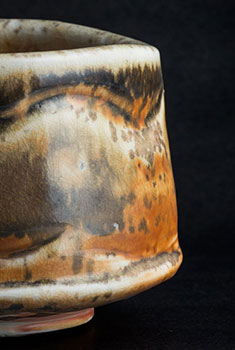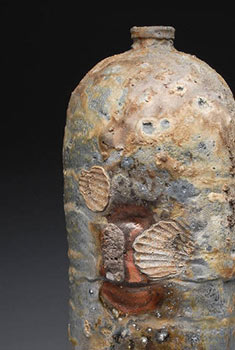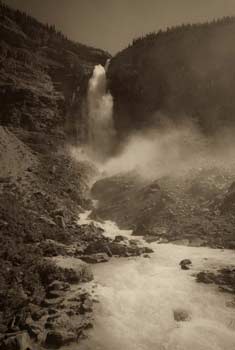- Ceramics
- Artist Pages
- Asian Ceramics & Tea
- Ceramics Artist Links
- Ceramics Links
- Ceramics Terms Glossary
- Agateware
- Banding Wheel
- Bat, Throwing Bat
- Bisqueware, Biscuit Ware
- Blistering
- Blow Up
- Boat Anchor
- Calipers
- Carbon Coring, Black Coring
- Carbon Trap
- Chuck, Chum
- Coil
- Colorants
- Crazing
- Downdraft Kiln
- EPK, Edgar Plastic Kaolin
- Electric Kiln
- Extrusion, Extruder
- Fettle, Fettling Knife
- Force Dry
- Greenware
- Kaolinite
- Kilnsitter
- Overglaze
- Pinholing
- Plucking
- Pug Mill
- Pyrometric Cones
- Raku
- Rib
- Sgraffito
- Shelf Of Shame
- Slab Roller
- Slip
- Test Tile
- Knowledge
- Frequently Ignored Answers
- Photography
- Photographers
- Photo Links
- Raw File Converters
- Camera Simulators
- Color Vision Games
- Frequently Ignored Answers
- Resources
- Contact
Line
A continuous mark made on a surface by a moving point; it may be flat (pencil line) or three-dimensional (a rod, groove, ridge, etc.) Line may be explicit - a line painted along the edge of the road - or implied by the edge of a shape or form. Lines are used to outline (diagrammatic or contour lines), create shading and show form (structural lines, hatching and cross-hatching), decorate, express emotion, and direct the viewer's eye. Lines can be categorized as horizontal, vertical, diagonal, curved, and zigzag.
Lines can be hard, sharp, straight, geometric; they can be organic, smooth, soft, flowing, loopy, wavy.
Lines can remain a constant thickness (descriptive, analytical, objective, showing little of the action used to create them) or vary in thickness along their length (flowing, calligraphic, lyrical, showing emphasis and something of the gesture used to make them).
Expressive, gestural lines shout the force, speed and emotion put into their making. They swoop, slash, scar, skip, skid, stutter, sing, whisper, drip, bleed, splash across the surface. Lines that are sketchy and unsure express uncertainty and weakness, and are generally less pleasing. More confident lines left to build up as the artist attempts to capture her subject can display character, process of investigation, and interest.
Lines can loop closed around a shape and have no end-points (outline), or at the ends they can be flared, frayed, splayed, rounded, tapered, or cut off at any angle.
Lines divide the space and volume they are in. At the same time, they can unite and tie elements together.
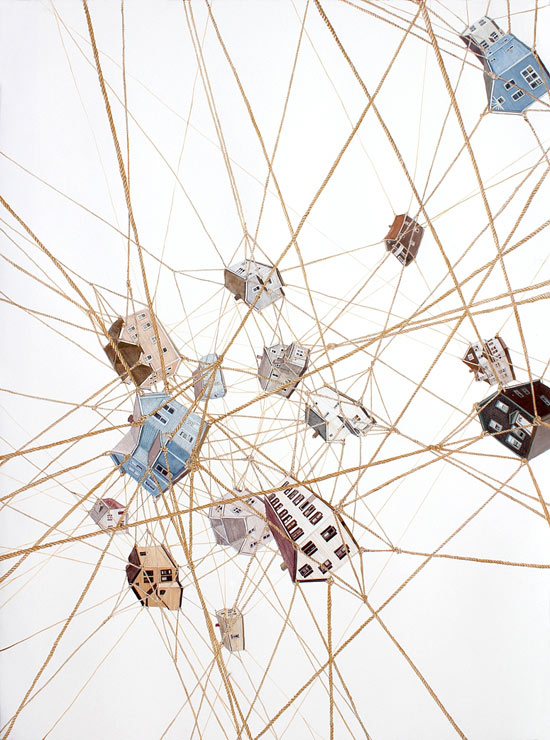
Amy Casey - Constellation
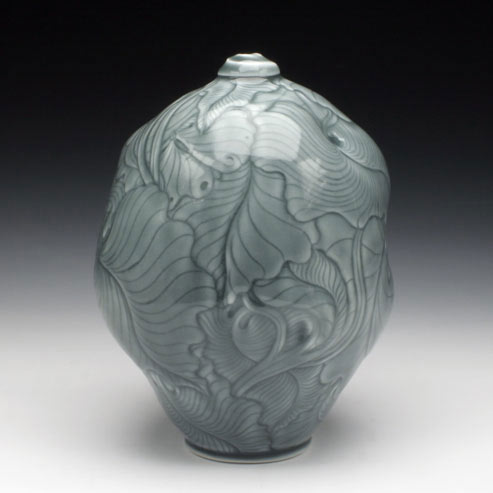
Elaine Coleman - Korean Blue Bottle, porcelain with celadon glaze, 8.5 x 6 x 6 in.
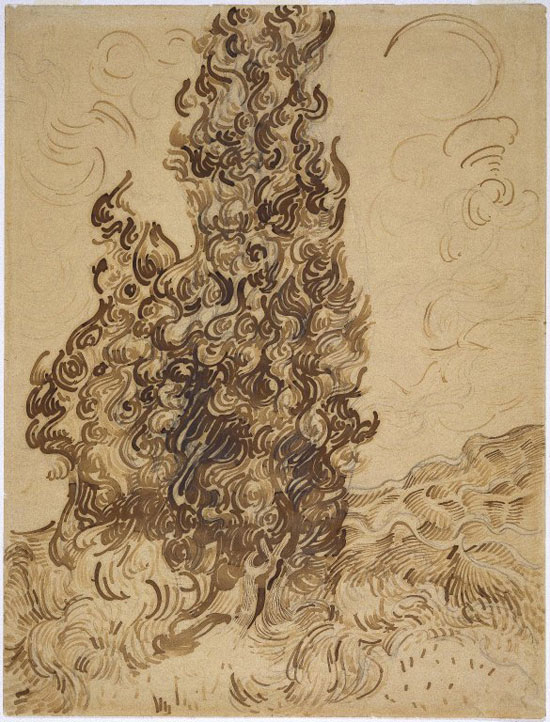
Vincent Van Gogh - Les Cyprès, 1889, graphite with brown and black ink on paper
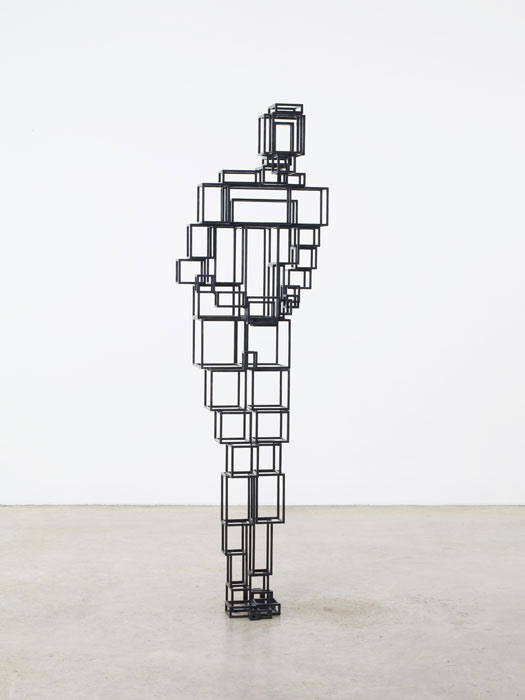
Antony Gormley - Gut VII, 2010, steel, 176 x 53 x 50 cm
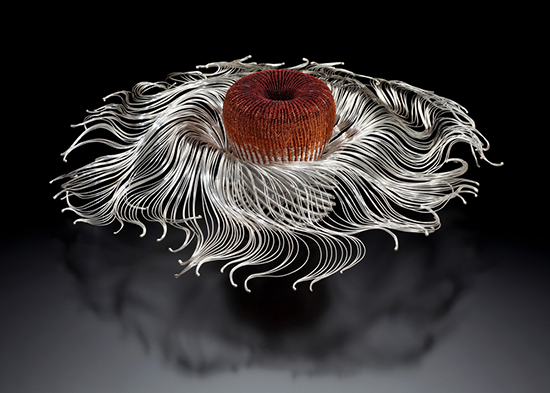
Mary Lee Hu, Form #3, fine and sterling silver, lacquered copper, 6 x 18 x 18 in, 1977
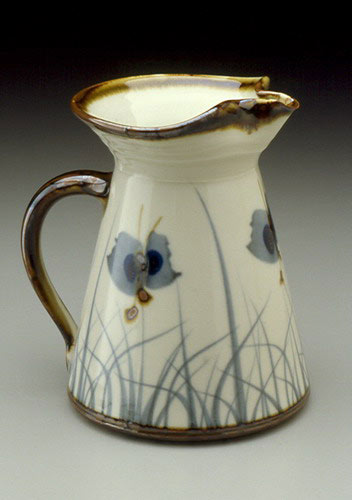
Sam Scott - pitcher, 9 in. tall, porcelain with clear glaze and overglaze brushwork, fired to cone 12

Andy Goldsworthy - Carefully broken pebbles scratched white with another stone St. Abbs, Scotland, 1 June 1985


